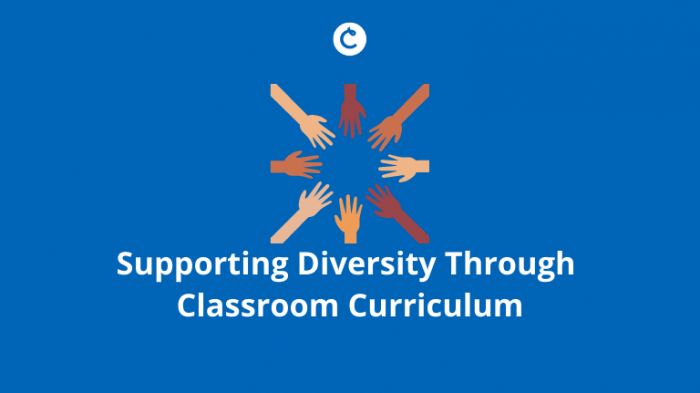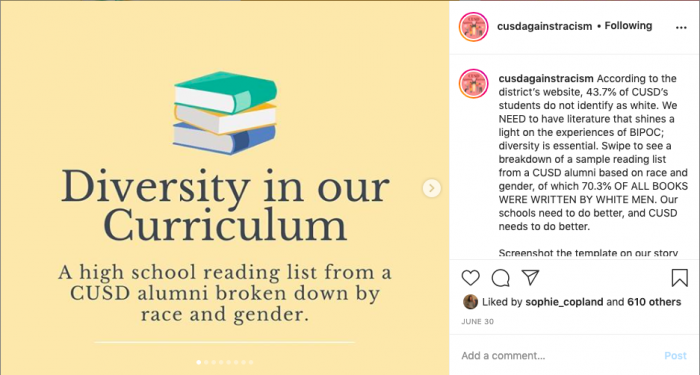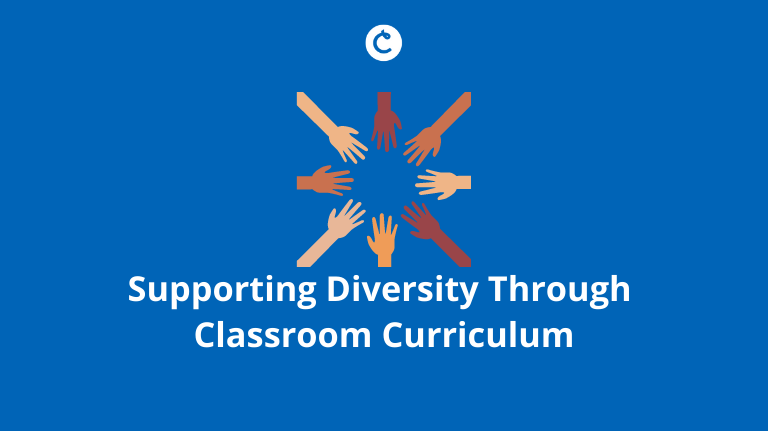Supporting Diversity Through Classroom Curriculum

As Black Lives Matter protests have erupted across the country, many long-standing institutions are looking to try to better understand and combat racial issues. Among this fight for justice is the promotion of diversity in the classroom. Teachers can now play an active role in better promoting diversity in the classroom by using education tools like edtech to diversify their curriculum. As edtech tools are highly customizable, it allows for teachers to include varying perspectives in their curriculum that might otherwise be missing. This article will discuss the importance of diversity in the classroom, how school curriculum is lacking in diversity, and some ways teachers can better support diversity among their students today.
What is diversity and why does it matter in the classroom?
When describing diversity in education, Dr. Mathew Okun in the International Journal of Humanities and Social Science states, ”Each child comes to our classroom with a wide array of differing experiences outside of school; they demonstrate different talents, favor a variety of different learning styles, etc. Diversity refers to all of these differences and more; including but not limited to race, ethnicity, gender, sexual orientation, socio-economic status, age, physical abilities, religious beliefs, political beliefs, or other ideologies.” Having diversity in schools from the teachers to students exhibits many positive outcomes according to research from The Century Foundation. Amy Stuart Wells, Lauren Fox, and Diana Cordova-Cobo from Columbia University state in their report “The benefits of school diversity run in all directions” that students’ exposure to people or ideas different to themselves experience, “improved cognitive skills, including problem solving and critical thinking.”. Along with the cognitive benefits, the study reveals that being in schools with diversity allows students to be more prepared for adulthood and for the workforce.
Campaigns like Diversify our Narrative and CUSD against racism are demanding for the implementation of more diverse text and curriculum in America’s public school system. CUSD against racism core organizer, Esther Mafouta, states, “We need to make sure that we address different perspectives, the different realities of America as a whole because we are a country of immigrants and we have to recognize that.”
The organization CUSD against racism was created when a group of students made an Open Letter to the Capistrano Unified School District in California to better address racial inequality in their schools. This letter includes the testimonies of the over 800 students who submitted their personal experiences of dealing with prejudice and inequality in their schools. Among their several demands to uplift the voices and better support students of color, is their desire to have a more diverse curriculum that includes authors of color and the implementation of intersectional, ethnic studies courses. One of their core organizers, Solei Sarmiento, states, “We just knew from our own experiences that we were unhappy with the novels that we read, a lot of them were not by people of color and we knew it was at the teacher’s discretion to choose the novels they were teaching.”
Here is a post on their Instagram describing the problem of a lack of diversity in curriculum:

What role can education technology play in this?
As activist groups like CUSD against racism emphasize, it is not enough to merely have diversity in schools, students of diverse backgrounds also have to be represented, respected, and heard by their peers and in the material they learn to reach their full potential. In an article by eSchool News titled How to use tech tools to help students respect diversity, high school teacher Rochelle Verstaendig, describes how edtech assessments and surveys can be used to understand student attitudes and facilitate discussion around them. While education technology can allow for better collaboration among diverse students, it is also a way to incorporate important social issues and causes to lessons. She states, “Technology is a tool that enables students of all cultures, races, and religions to have meaningful communication with each other.”
Kristina Ishmael, director of primary and secondary education at Open Education Global, works extensively in efforts to promote inclusion and representation of diverse groups in education. When relating diversity to inclusion she states, “Inclusion means representation so all students are represented in everything that we do and particularly within instructional materials which is what I focus on and of course that reflects the diversity of our student population.” She particularly specializes in representative OER adoption in curriculum across the world. OER or Open Educational Resources, are teaching materials that are not copyrighted which allow their material to be revised and remixed to include multiple sources and viewpoints. At New America, Kristina supported over 400 districts in the US to implement OER leading to more teacher and student-centered learning. She states, “Feeling you’re a part of things, seeing yourself in the materials, in the things that are used in the classroom, in your teachers, it matters.”
Some ways edtech tools can be used to diversify your lessons today are:
1.Use micro-assessments to get to know your students: Create an online assessment asking your students about their thoughts and knowledge about a topic. Ask what they would like to learn more about or how they feel their personal experiences tie to a topic.
2.Use a diverse set of names, pronouns, and photos in your questions: When creating question sets using edtech tools include names that come from varying cultures and when applicable insert photos that show a variety of races or areas both custom to your city and from around the world.
3.Include current events and varying perspectives in your lessons: When teaching lessons on subjects like world history or social science create question sets that show the materials relations to current events and social issues. For example, include information on underrepresented groups like Black and Indigenous history to the question sets about US History.
4.Gamify your lessons to foster collaboration and teamwork skills: Group diverse students together to use edtech tools that offer games to better understand a topic.

